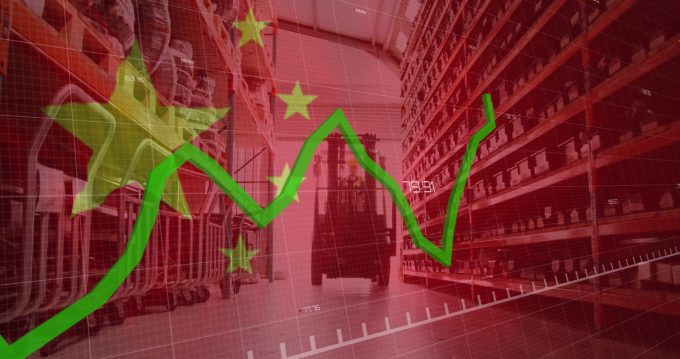2025 will be 'quite a ride' – but logistics will 'again prove its value'
With tariff-induced transport shifts set to cause supply chain complexity, 2025 “is going to be ...

China’s warehousing sector – in recent years one of the bright spots in its struggling economy – now appears to be another piece of the mosaic on the downturn: vacancies have jumped, sending rents down and wiping out frothy predictions of growth.
According to commercial real estate services firm Cushman & Wakefield, vacancy rates are flirting with the 20% threshold. In the east and north of China, the rate hit 19.2% in the first quarter.
Nationwide Cushman & Wakefield sees a vacancy ...
Latest strike will cause ‘massive' disruption at German airports
CMA CGM pledges $20bn investment to boost US supply chains
CMA CGM could build medium-size vessels in US, says Saade
Asia-Europe FAK price hikes manage to halt 13-week rate decline
Airlines rethink strategy as ecommerce to US begins decline
Box ship in collision with tanker off UK coast
Freightmate 'a product of theft, not ingenuity' says Flexport

Comment on this article